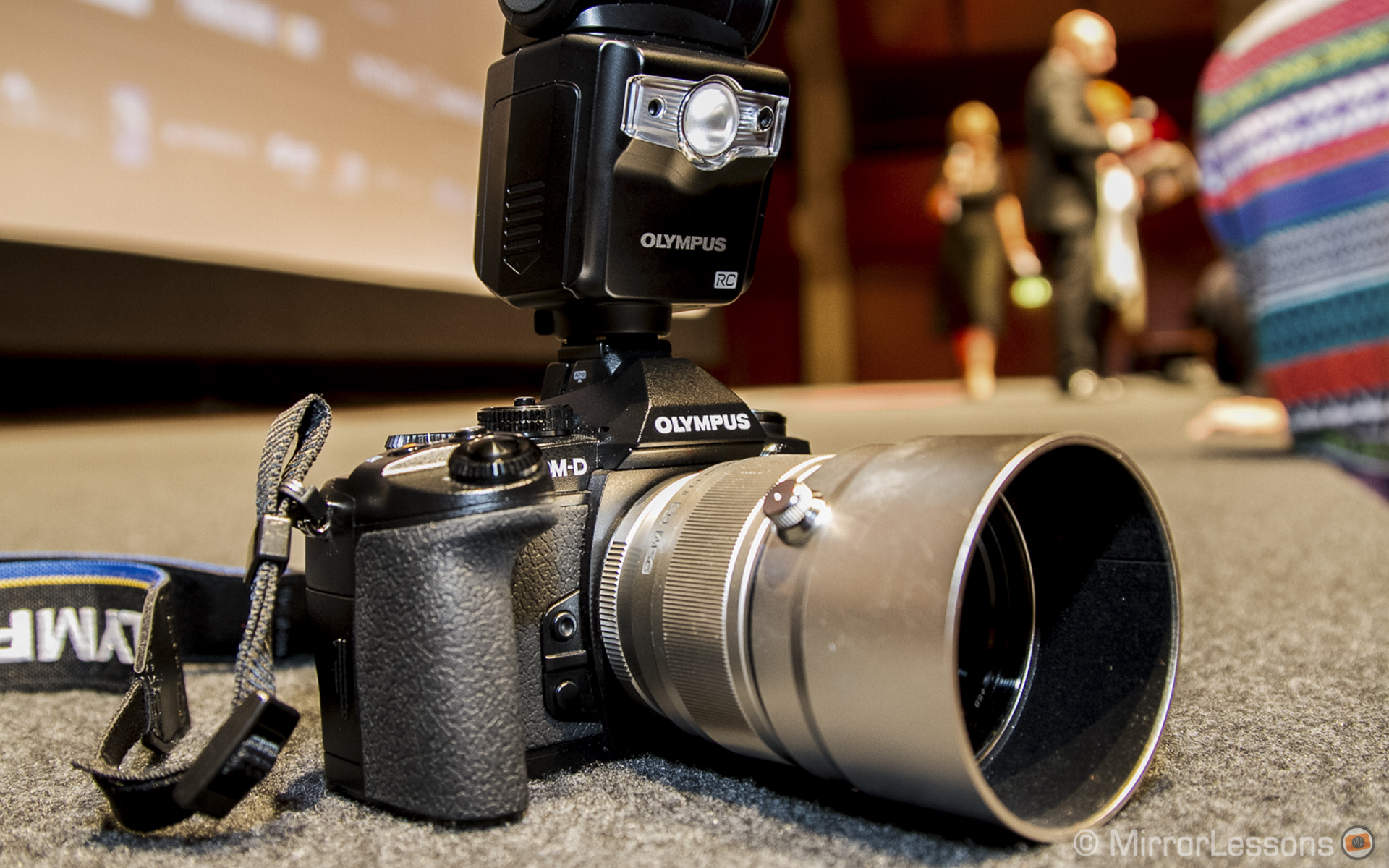While DSLRs remain the best-selling cameras and the main choice of professional photographers, general interest in mirrorless cameras is growing little by little. Many articles can be found online about photographers who have switched from their DSLR to a MILC system or are starting to use a mirrorless camera as a second body. As with any system, there are positive aspects but also limits that must be considered.
As you may know if you are following our blog, I stopped using DSLRs last year and primarily turned to the Micro Four Thirds system. It is a decision I have never regretted. It works for me but I have no qualms admitting that it might not work for others. There are many variations that can influence a person’s decision: the kind of photos you take, the level required by your clients and most importantly, the kind of photographer you are.
All the client wants is the result he asked for when he hired you. It’s up to the photographer to choose the best tool for the job.
If you are reading these lines, you might be interested in the “switch” theme as well, or at least be curious about it. If so, the following paragraphs might help you decided if it is worth the hassle of changing systems or not, and may also prompt you to ask yourself the following question: Are current mirrorless systems ready for the professional world of photography?
Prelude: Which brands and cameras can be considered for professional work
Before answering the question, I thought it would be interesting to briefly write about which mirrorless cameras and brands are suitable for professional work.
The best choices are from the Micro Four Thirds system, not only because there are two brands developing mirrorless cameras (Olympus and Panasonic) but also because the lenses and range of accessories are so vast and complete. The system also best represents the main advantages of a mirrorless system: compactness, discretion and portability.
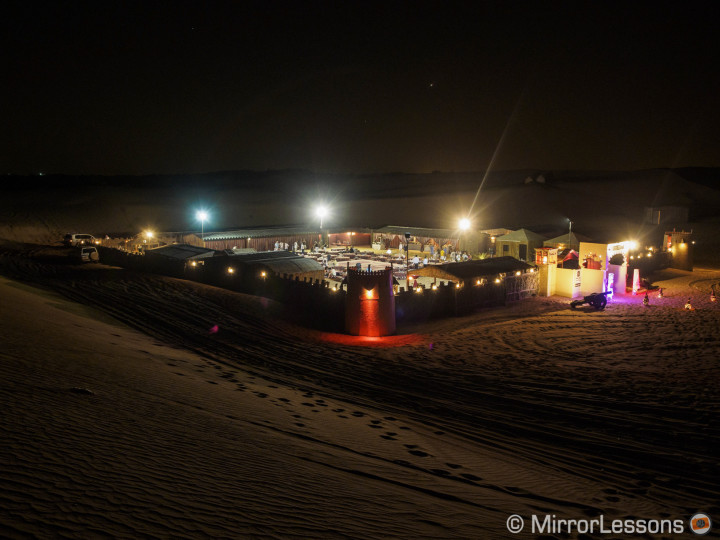
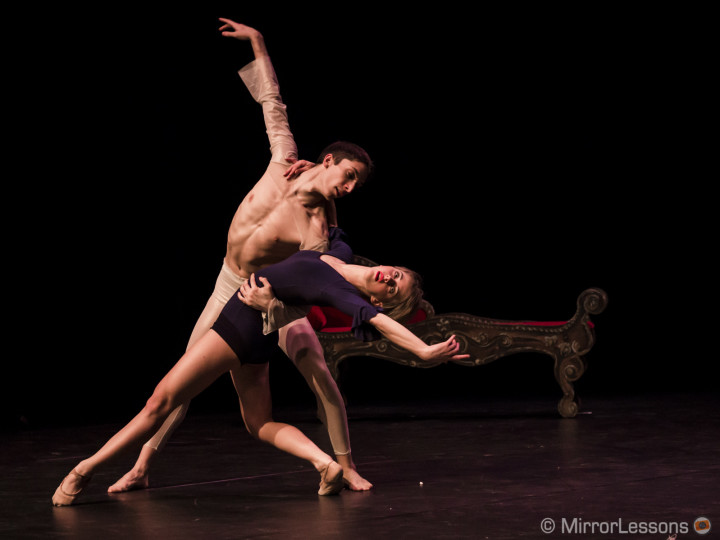
Fujifilm is rapidly becoming the most popular mirrorless brand, and the X series certainly attracts more photographers to the idea of switching than any other series out there. I like the system a lot despite its young age. It still lacks some important things like fast and constant aperture zoom lenses or a true TTL wireless flash system, but I believe that very soon the system will fill the gaps. It is the system that currently has the most potential in the professional world.
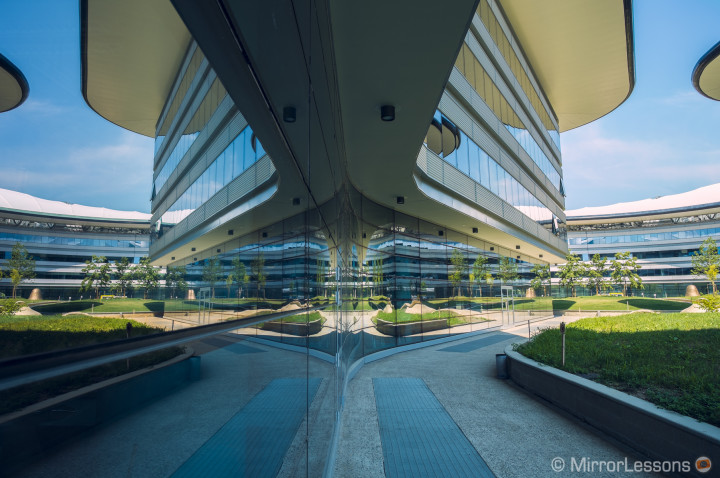
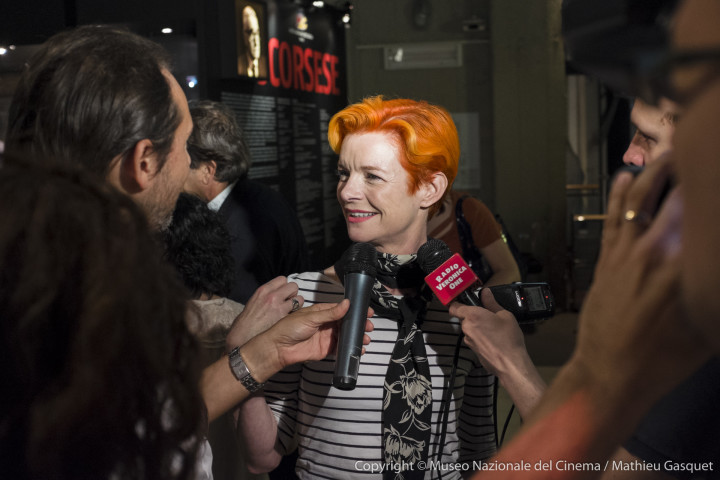
Then there is Sony, the outsider in my opinion. They design awesome cameras like the RX1, and have the technological prowess and economic possibility to make the likes of the Alpha FE system. However, it is too young and too recent to judge at the moment. I like the A7 and A7r but liking something is not enough. We need more lenses as everybody has been saying. Even though I haven’t tried it yet, the upcoming A7s might be the most interesting mirrorless camera to have ever been releaased.

Leica also has a place on the list with its legendary M system and there are also interesting “niche” cameras such as the Sigma DP series with its Foveon sensor.
1. Image quality is not your main concern
This sentence might sound surprising to some of you but when I switched to mirrorless, image quality was the last point I analysed. Of course it all depends on your business’ main genre of photography as well as many other aspects but to me, the answer is pretty simple.
If you seek ultimate image quality because this is the way you work or because this is what your clients need, then mirrorless cameras are not of your concern. Actually, you aren’t or shouldn’t be reading this article. A professional who wants ultimate image quality already owns a top-level DSLR or medium format camera.
You might point out that recent models such as the Sony A7r can rival the best DSLRs in terms of image quality and you are right. But the next step is to look at the system as a whole. The Sony FE system is new and still lacks some things to be considered complete. But if we talk strictly about image quality, the A7r is certainly one of the most appealing options.
If, on the other hand, you are wondering if mirrorless cameras can provide enough image quality for your personal needs, well, that is a different story. And my answer is yes, they can.
I can recommend them for weddings, events, portraits, reportage or performing arts to name a few.
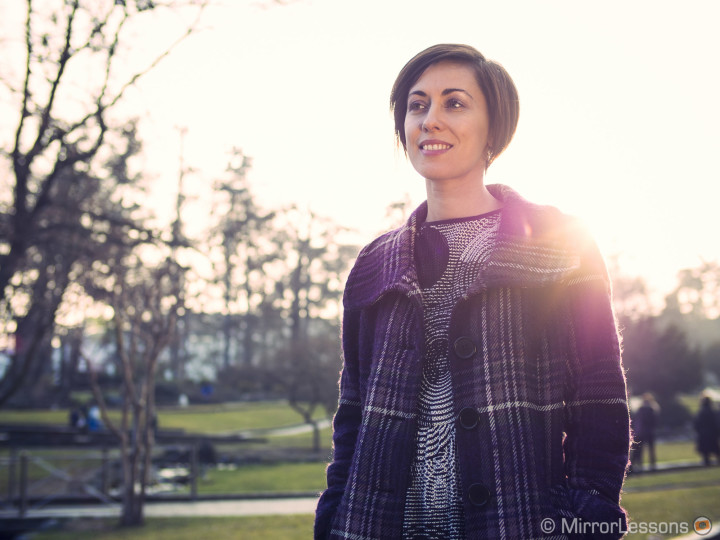
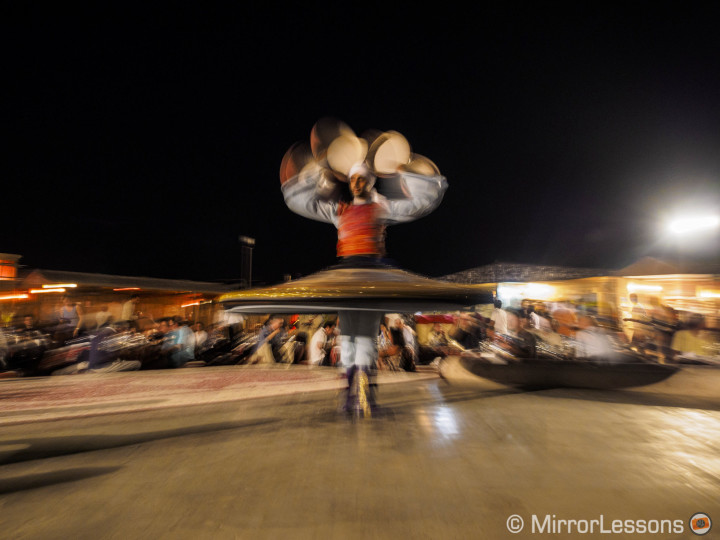
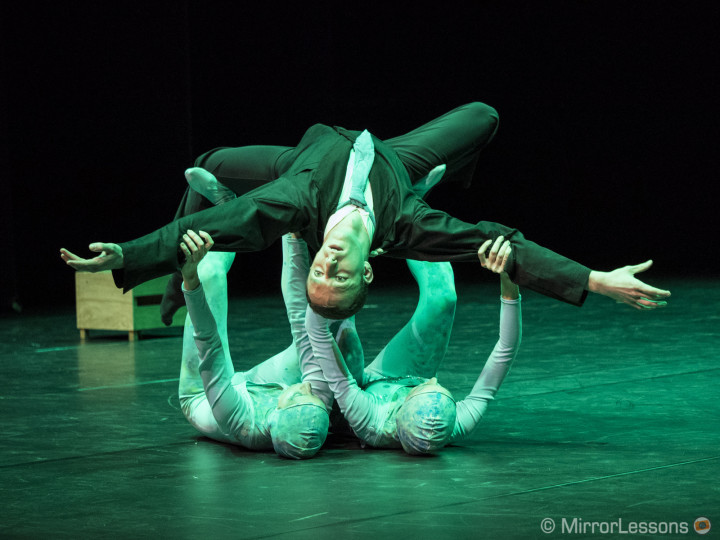
But at the risk of sounding repetitive, only you, the photographer, can figure out whether the image quality is sufficient. I shoot mainly events both indoors and out, and the quality produced by the Micro Four Thirds sensor is more than enough for me and my clients. For this kind of work, there are other factors that prevail over overall image quality like catching the right moment at the right time. Because that is what matters in the end.
2. Look at the whole system, not at the sensor alone
Once you’ve picked one or two bodies of interest, you then have to look at what the system has to offer: lenses and accessories.
Will you find the same equivalent focal length you are used to shooting with on your DSLR ?
The Micro Four Thirds system is currently the best system regarding the variety of lenses and accessories. Fujifilm is increasing its X system and it should look very good by the end of the year. Sony has the technology and the quality but the Nex/Alpha system is still lacking a little as far as lenses go.
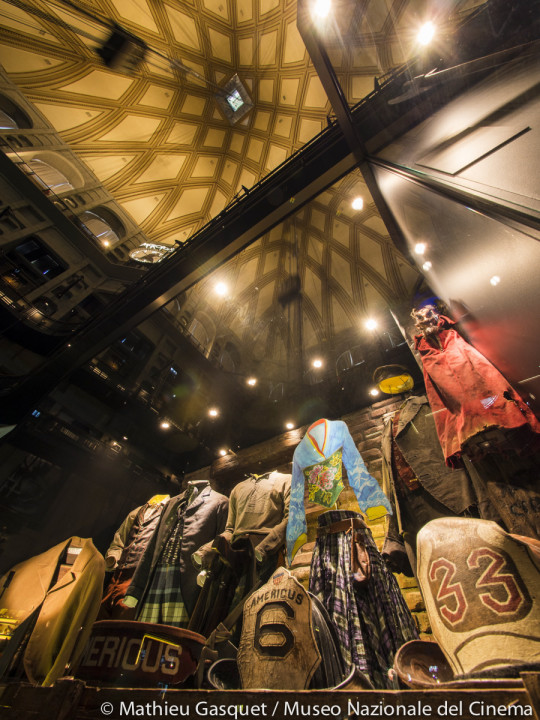
Note that when I talk about lenses, I talk about native lenses for the system only. Yes, you could use an adaptor and increase the choice for the Sony Alpha system for example, but you would lose some advantages of the mirrorless system.
The advantage of a mirrorless camera resides in its compactness. Adapting heavier and bulkier DSLR lenses simply doesn’t make sense to me (except on some rare occasions). If you will mainly be using adaptors, just stick with your DSLR.
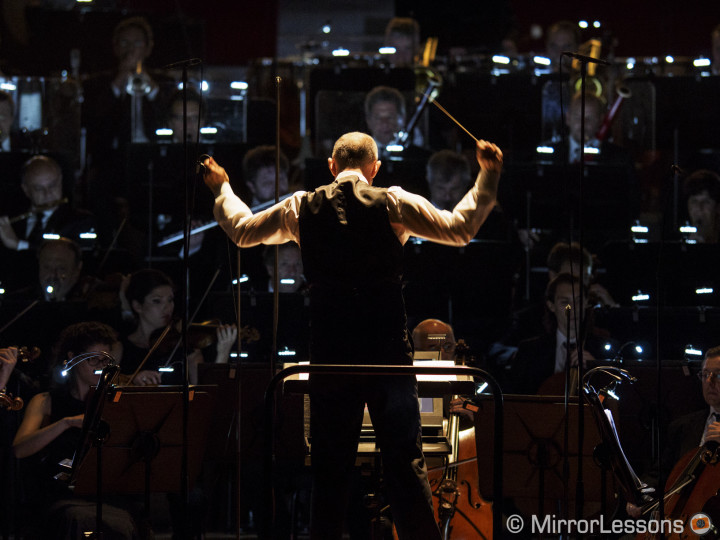
What is lacking in the mirrorless system in general is a wider choice of very specific lenses. You won’t find tilt-shift lenses for example which might be a concern for architecture photography. Macro lenses are more limited in focal length choice in comparison to DSLRs. Fast super telephoto lenses are also non-existent. Olympus and Fujifilm are working on it so that could soon change.
There are also fewer interesting third-parties lenses than for DSLRs. Today Sigma represents a great alternative for both Nikon and Canon users while for the mirrorless systems there are only a few examples really worth mentioning (talking about AF lenses only). Finally, there aren’t different generations of professional lenses. This means that the second-hand market is more limited.
There is also the question of accessories and flash units. If you are a Canon or Nikon user you might be familiar with the excellent speedlight system both brands can offer especially regarding remote wireless capabilities. Fujifilm is lacking wireless capable flash units, though Olympus and Panasonic have more to offer. With Sony you can use the same flash system built for its DSLT cameras.
There is less concern about other accessories such as battery packs for example, and only a few models for each mirrorless brand have that option anyway.
3. Autofocus concerns
This has long been one of the primary concerns about mirrorless cameras. To me the reasoning is the same as the image quality paragraph.
DSLRs have a faster and more reliable AF system but mirrorless cameras are closing the gap. I have had no problem focusing in a very dark situation like a disco with my Olympus OM-D E-M1 or shooting sports with the Fujifilm X-T1.
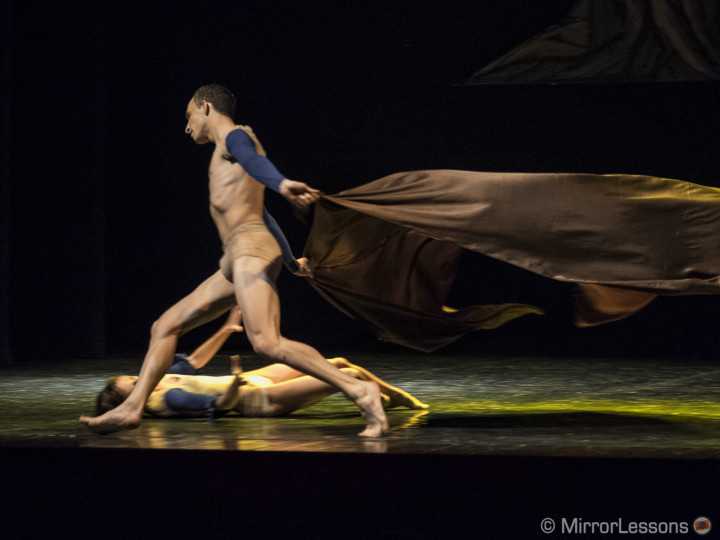
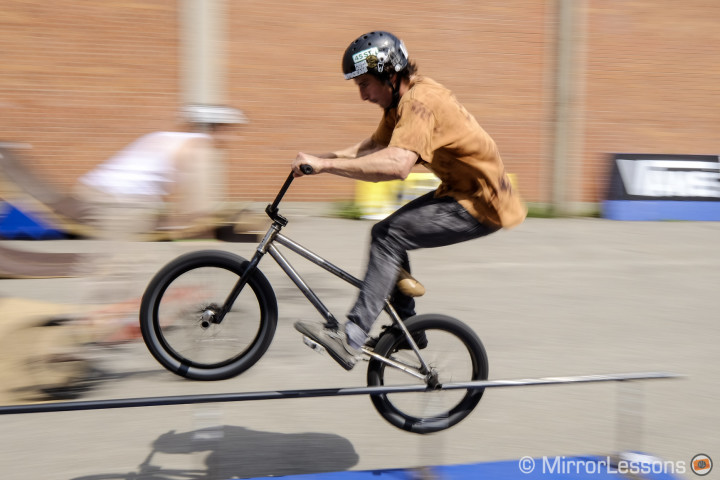
If the autofocus needs to be perfect for the work you do, then DSLRs are still the way to go. Actually, it isn’t only related to autofocus but also to the buffer capabilities and lenses. DSLR and MILC cameras have very similar fps capabilities but the top DSLRs will endure more. Similarly, you won’t find a 500mm f/2.8 equivalent for any of the mirrorless systems yet.
The best way to understand autofocus on mirrorless cameras is to try it for yourself. Personally I manage to work with AF quite quickly and painlessly on my cameras. You can achieve great results even without the fastest AF in the world. It is a matter of learning to use the camera settings at their best, and judging whether the camera’s AF engine can satisfy your needs or not. If you want to know more, just read my article about testing the Fujifilm X-T1 autofocus capabilities for sports photography.
4. Professional support
When it comes to professional work, it is important to remember that the factors that can prompt you to choose one system or the other aren’t always related to the traditional aspects we often talk and read about on the Web. It isn’t just a question of image quality or megapixel count. The line between success and failure on a single assignment can be related to many other aspects as well.
There are photographers who won’t consider a given camera for work because it only has one memory card slot for example.
When it comes to work, details are often more important than the obvious factors such as image quality and autofocus. Support is also very important. Nikon and Canon are very well known for their professional services program (respectively CPS and NPS) that often includes assistance on important events.
When I worked at Cannes as a photographer’s assistant in 2009, the photographer I was working under handed her Nikon D200 over to Nikon support for a general cleaning and rubber grip replacement during the festival. In the meantime, she shot half of her portraits with a Nikon D700 courtesy of Nikon, for free and for as long as she wanted. A professional support program also means having your camera repaired very quickly and receiving a replacement body in the meantime so that you can continue to work.
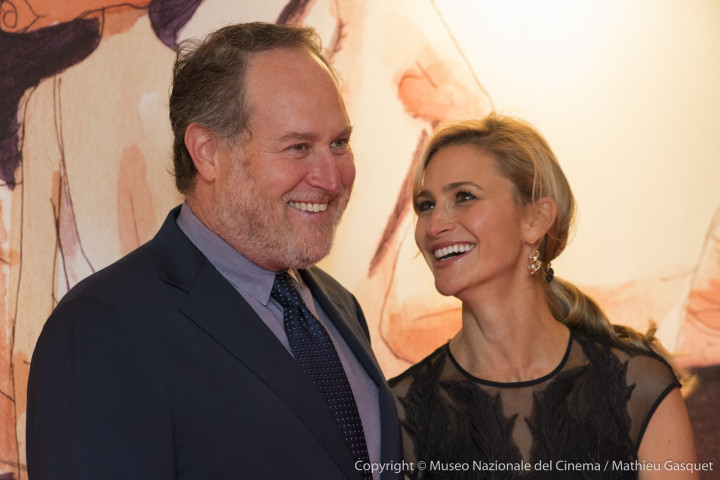
Canon offers different levels with an annual membership fee and various services (the lowest is free). The Nikon program, on the other hand, is totally free. The requirements are different but for each you have to prove that you are a professional photographer. For instance, you can enter the Nikon NPS only if you own at least two professional DSLR bodies and several lenses.
With the top mirrorless brands today, customer support isn’t yet comparable to either Nikon or Canon. Olympus has its Global Pro Service program that started in 2003 with their Four Thirds system. They also launched a Service Plus program for the OM-D E-M1 but it isn’t available in all countries. Sony launched its pro service this year in Asia but there hasn’t been any news about extending it to other countries yet. As of today, Fujifilm doesn’t have a professional service.
I have read complaints by some users about a camera being away for even a month. Of course this varies a lot depending on the country, the brand and other factors. This can be a big limit for professionals who cannot afford to be without their cameras for that long. This isn’t a topic that many blogs discuss but for professional work it is very important to mention. I understand that as long as sales and professionals who use these cameras don’t increase in number, it is difficult to build a program like this. At the same time, it is certainly something that these brands will need to consider in the future if they want more photographers to begin using mirrorless cameras for work.
Personally I have never had any big problems with customer support, nor have I needed to take advantage of it. I always carry a backup body when on a big assignment, even if I don’t use it. Because even with the best customer support, if your camera breaks in the middle of your shoot, a backup body is the only thing that can save you.
5. Discretion is the reason

The main advantage of a mirrorless system resides in its reduced size and weight. This is why I switched. It wasn’t really a question of saving my back (as it might be for others) but a question of working lighter, being more comfortable as a photographer and being more discreet. I like to be discreet; it is my character. I found that mirrorless cameras better represent the kind of work I like to do and my style.
And let’s get it out there, lighter gear is always welcome. During my five days in Dubai, I really enjoyed walking through the desert in the 40° heat with just my OM-D, Pen E-P5 and Cosyspeed bag (a total of two bodies, four lenses and a flash unit).
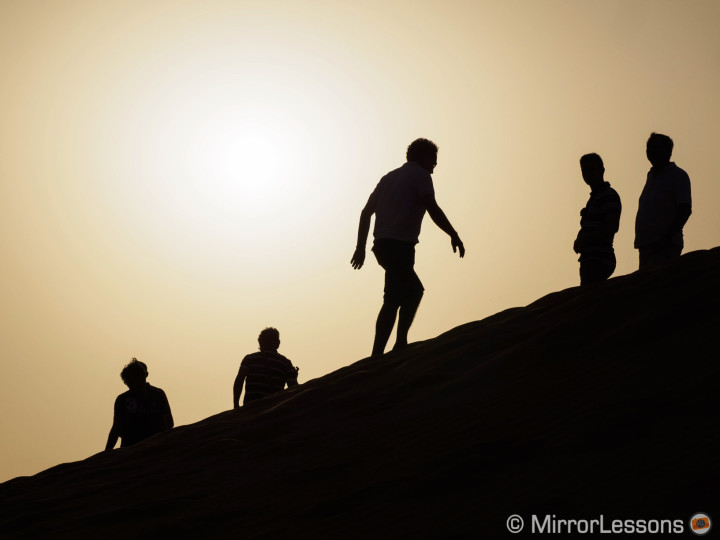
Discretion can also be found in a technical feature these cameras possess. Since these cameras lack a flipping mirror, they already have a quieter shutter sound. Moreover, the Lumix GX7 or GH4 for example have a completely silent shutter option. The camera literally doesn’t emit any sound at all when shooting. This is very helpful for performing arts shows like contemporary dance for example where there are usually many moments without music. I see many photographers putting a special cloak over their DSLR in order to reduce the noise. And if the quality of the GH4 doesn’t convince you, that of the upcoming A7s just might: full frame, up to 409600 ISO with a full electronic and silent shutter option. Let’s hope that the silent shutter doesn’t limit the ISO range like on the Lumix cameras.
Conclusion: don’t follow the trend, follow your instinct
Mirrorless cameras are becoming more and more popular these days, but the last and most important piece of advice I can give you is this: do not allow yourself to be influenced by a trend. Look at it, think about it and ask yourself this question: do I really need it?

Choosing a specific camera model over another must be a personal choice and not only the result of peer pressure and the influence you feel while reading enthusiast articles (including the ones you can find on this site). This point is even more important if you are choosing a tool for work and not just amateur purposes.
I smile when I read some articles saying that shooting with a mirrorless camera is easier because they have real time exposure preview on the viewfinder. They say it saves you lots of time when you adjust your photos in post-production on the computer.
Does this mean that people who shoot with DSLRs always end up with under or over-exposed photos? No. To me, it’s nonsense. My photo exposure accuracy didn’t change when I switched from my Nikon D700 to the OM-D. Yes, the EVF is advantageous in this regard but if you spend all your time adjusting the exposure of your photos in post, it means that you have to improve technically.
Mirrorless cameras don’t make things easier or harder. They don’t make your photos better. The photographer does by choosing the appropriate tool.
MILC cameras prevail in discretion, weight and volume. They are fast, reliable and there is more than one model designed with professionals in minds. They cannot meet the needs of every business not cover genres of photography that require something very specific from a professional point of view, but they are valid for many kinds of photography such as weddings, events, reportage and so on.
They are also meant for enthusiast photographers who actually represent the biggest share of this market. Whether this will change in the future is hard to predict. I don’t think DSLRs will die out any time soon but I believe that mirrorless cameras have the potential to create a second niche for professionals. And remember, that this isn’t a war against DSLRs or any other system. They can coexist. For the photographer, it only means more choice, which honestly, isn’t a bad thing.
